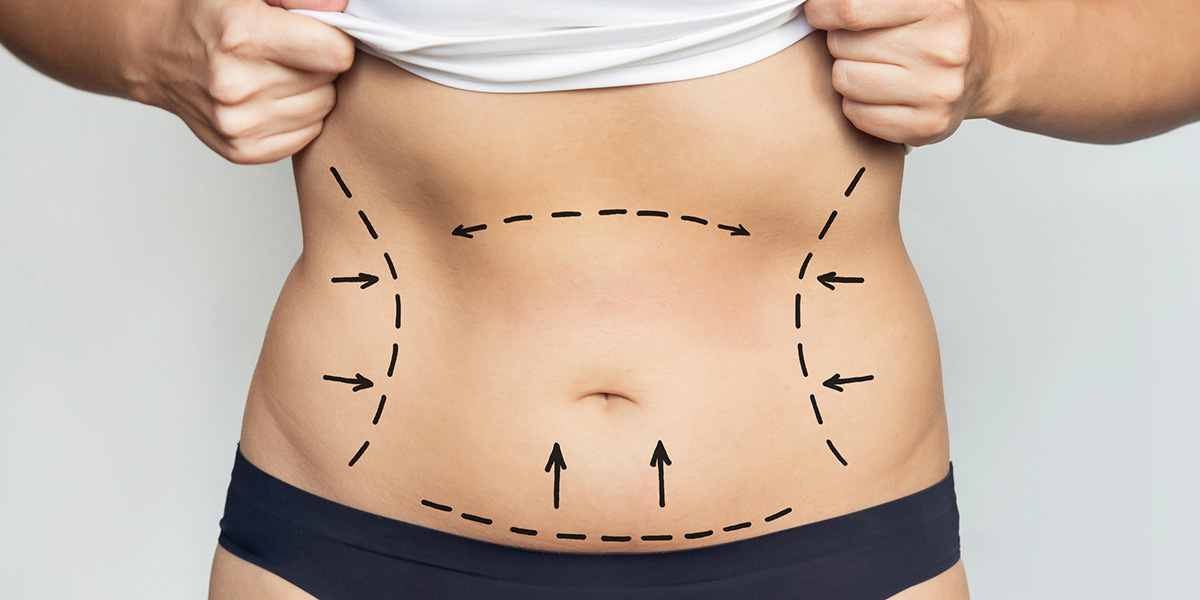The stages of breast reconstruction after mastectomy include a series of carefully planned surgical procedures designed to restore the breast’s appearance following the removal of breast tissue. This process is an important part of recovery for many women who have undergone a mastectomy due to breast cancer or other conditions.
Understanding each stage helps patients prepare physically and emotionally for the journey. It also allows them to make informed choices together with their surgeon.
Immediate Reconstruction: At the Time of Mastectomy
The first stage of breast reconstruction may take place immediately after mastectomy surgery. This is called immediate reconstruction. The reconstruction is performed during the same operation as the tissue removal. This approach reduces the total number of surgeries and comes with psychological benefits since it avoids a period without a breast mound.
Immediate reconstruction brings two primary options. Implant-based reconstruction uses a tissue expander or a permanent implant to recreate the breast’s shape.
Autologous reconstruction uses tissue from the patient’s own body, often from the abdomen, back, or thighs, to rebuild the breast. Each option involves different considerations regarding healing time, aesthetic outcomes, and patient preference.
Tissue Expansion Stage
For many patients opting for implant-based reconstruction, the process involves an important intermediate step known as tissue expansion.
Initially, a temporary device called a tissue expander is placed beneath the chest muscle. This expander is gradually filled with saline over weeks or months to stretch the skin and muscle. It will help create enough space for the permanent implant.
This stage allows the body to accommodate the implant gradually, minimize complications, and achieve a more natural breast contour. Regular clinic visits are required for expander adjustments, making this a highly monitored phase of reconstruction.
Permanent Implant Placement or Autologous Tissue Reconstruction
Once adequate expansion has been achieved, the tissue expander is replaced with a permanent implant during a subsequent surgery.
This implant, typically made of silicone gel or saline, restores the breast’s shape and firmness. Implant placement may vary above or below the chest muscle depending on anatomy and surgeon’s recommendation.
Alternatively, autologous tissue reconstruction, often referred to as flap surgery, uses the patient’s own tissue to create the breast mound. Common flap techniques include the TRAM (transverse rectus abdominis myocutaneous), DIEP (deep inferior epigastric perforator), and latissimus dorsi flaps. These methods generally provide a more natural feel and appearance but involve longer surgeries and recovery periods.
Nipple and Areola Reconstruction
Reconstructing the nipple and areola usually occurs after the breast mound has healed and taken shape, often several months after the initial reconstruction. This stage enhances breast symmetry and completes the aesthetic restoration.
Techniques for nipple reconstruction include creating a small skin flap to form the nipple, grafting tissue from other body areas, or using three-dimensional tattooing to simulate the appearance of the nipple and areola. Many patients opt for tattooing alone or in combination with surgical methods to achieve the most natural results.
Additional Surgeries and Refinements
After the primary reconstruction stages, many patients undergo further surgeries to refine the breast shape and symmetry.
These secondary procedures may address uneven contours, scars, or volume discrepancies. In some cases, fat grafting, or lipofilling, is used to enhance softness and improve the overall texture by injecting the patient’s own fat into specific areas of the breast.
Such refinements contribute significantly to natural-looking results and patient satisfaction. Body contouring procedures may also be recommended alongside reconstruction to harmonize the overall silhouette, especially when flap surgeries involve tissue removal from other body parts like the abdomen or back.
Psychological and Emotional Considerations
The physical reconstruction of the breast is only part of the healing process. Psychological and emotional recovery are deeply connected to the stages of breast reconstruction after mastectomy.
Many women face anxiety, depression, or body image concerns during and after treatment. Access to counseling and support groups throughout the reconstruction timeline can be invaluable.
Understanding the gradual nature of reconstruction and setting realistic expectations helps patients cope with temporary discomfort or changes. Open communication with the surgical team and mental health professionals plays a pivotal role in navigating these challenges successfully.
Preoperative Planning and Consultation
Before any surgical intervention takes place, thorough preoperative planning and consultation are vital components of the breast reconstruction journey. During this phase, the plastic surgeon evaluates the patient’s overall health, anatomy, and personal goals to develop a tailored reconstruction plan. This includes reviewing medical history, current treatments, and potential risk factors that could affect surgery or healing.
Imaging studies such as mammograms, MRIs, or ultrasounds may be performed to assess the condition of remaining breast tissue and chest wall. These images help the surgeon visualize the surgical field and anticipate challenges.
Equally important is a frank discussion about the patient’s expectations, lifestyle, and preferences. Some women prioritize a natural appearance and may lean toward autologous reconstruction. On the other hand, others might prefer the shorter recovery associated with implant-based methods. The surgeon will explain the pros and cons of each option, the typical timelines involved, and potential outcomes.
Patients are also informed about possible risks and the necessity of multiple stages in many cases. This open dialogue empowers patients to make informed decisions and mentally prepare for the reconstruction process ahead.
Types of Mastectomy and Their Impact on Reconstruction
Total (Simple) Mastectomy
This involves removal of the entire breast tissue including the nipple and areola. It is often recommended for patients with larger tumors or extensive disease. Reconstruction following total mastectomy typically requires rebuilding the entire breast mound from scratch, which can mean more complex surgery and longer recovery.
Skin-Sparing Mastectomy
In this technique, most of the breast skin is preserved while removing the underlying tissue and nipple-areola complex. Retaining the natural skin envelope often leads to better aesthetic results and facilitates immediate reconstruction, as the skin can be reused to cover implants or flaps.
Nipple-Sparing Mastectomy
This method preserves the nipple and areola along with most of the breast skin. It is suitable for carefully selected patients without tumor involvement near the nipple. Because more natural tissue remains, this approach offers the most promising cosmetic outcomes and can simplify later reconstruction stages.
Each mastectomy type impacts reconstruction strategies differently. For instance, nipple-sparing mastectomies can allow for a single-stage reconstruction with implants. On the other hand, total mastectomies may require multi-stage procedures or flap techniques. The surgeon must assess cancer safety alongside reconstructive feasibility to guide patients effectively.
Risks and Complications Associated with Reconstruction
- Infection: As with any surgery, infection risk exists. Proper wound care, antibiotics, and monitoring are critical to preventing and addressing infections early.
- Implant Issues: For implant-based reconstruction, problems such as implant rupture, leakage, or capsular contracture can occur. Capsular contracture involves scar tissue tightening around the implant, potentially causing firmness, discomfort, or distortion that may require revision surgery.
- Flap Complications: Autologous reconstruction carries risks related to the transferred tissue. Flap failure can occur if the blood supply is compromised, leading to tissue necrosis. Patients may also experience contour irregularities or donor site complications such as muscle weakness or hernia.
- Delayed Healing and Scarring: Radiation therapy or other treatments can impair wound healing and increase scar formation. This can extend recovery and affect cosmetic results.
- Asymmetry and Need for Revision: Achieving perfect symmetry is challenging. Secondary procedures are common to fine-tune shape, size, or nipple placement.
Choosing the Right Surgeon for Breast Reconstruction
The quality of outcomes in breast reconstruction depends heavily on the surgeon’s expertise and the facility’s resources. Selecting a board-certified plastic surgeon with extensive experience in reconstructive techniques is vital. Such surgeons are skilled in both implant-based and autologous reconstructions and can tailor approaches based on individual anatomy and goals.
For patients considering options in a metropolitan setting, breast reconstruction in NYC offers access to some of the nation’s top specialists and advanced medical centers. In addition to breast reconstruction, many practices in NYC also provide complementary procedures such as breast augmentation, body contouring, and facial plastic surgery, which can help address the broader aesthetic needs of patients recovering from cancer treatment.
We collaborate closely with Dr. Gandolfi to deliver outstanding surgical outcomes combined with compassionate care. Our designer office in New York City reflects our commitment to client-centered experiences. We utilize cutting-edge technology to deliver designer results in breast reconstruction and related procedures.
Contact us today.





